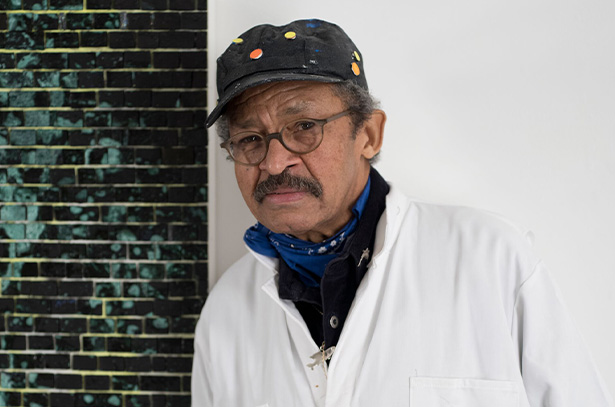
Jack Whitten
Transitional Space: A Drawing Survey
6 July - 31 July 2020
New York, 69th Street
Installation views
1 / 7
Related Content
About the Artist

Jack Whitten
Born in Bessemer, Alabama in 1939, Jack Whitten is celebrated for his innovative processes of applying paint to the surface of his canvases and transfiguring their material terrains. Although Whitten initially aligned with the New York circle of abstract expressionists active in the 1960s, his work gradually distanced from the movement's aesthetic philosophy and formal concerns, focusing more intensely on the experimental aspects of process and technique that came to define his practice.
The subtle visual tempos and formal techniques embedded in Whitten's work speak to the varied contexts of his early life. After a brief period studying medicine at the Tuskegee Institute in Alabama in the late 1950s, Whitten pivoted his attentions to art, first attending the Southern University in Baton Rouge before moving to New York and enrolling at The Cooper Union for the Advancement of Science and Art in 1960, where he earned his BFA degree.
In the 1970s, Whitten's experiments with the materiality of paint reached a climax—removing a thick slab of acrylic paint from its support, Whitten realized that the medium could be coaxed into the form of an independent object. Whitten used this mode of experimentation to challenge pre-existing notions of dimensionality in painting, repeatedly layering slices of acrylic ribbon in uneven fields of wet paint to mimic the application of mosaic tessarae to wet masonry. Over the course of a six decade career, Whitten's work bridged rhythms of gestural abstraction and process art, arriving at a nuanced language of painting, which hovers between mechanical automation and intensely personal expression.
Current Exhibitions
1 / 11


























